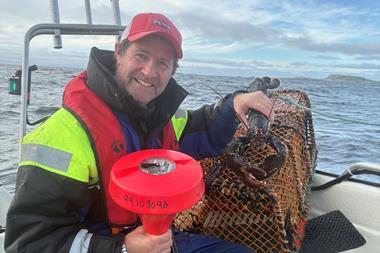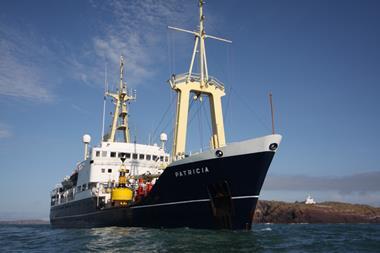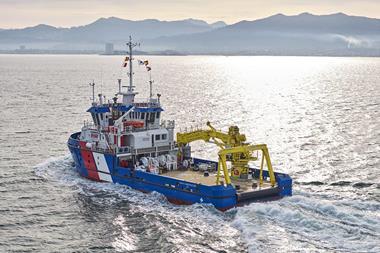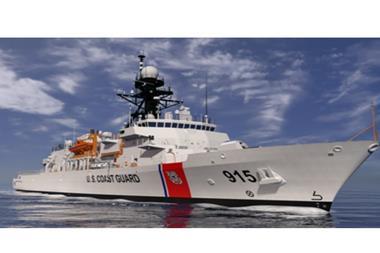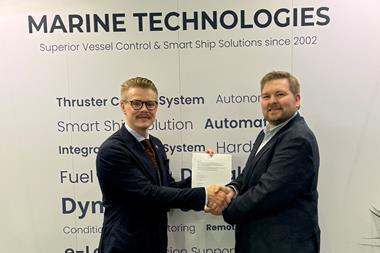When the Port of Rotterdam decided to upgrade its old single point steel-hulled mooring buoys for safer, lower maintenance systems, it looked to French aids to navigation specialist manufacturer Mobilis.
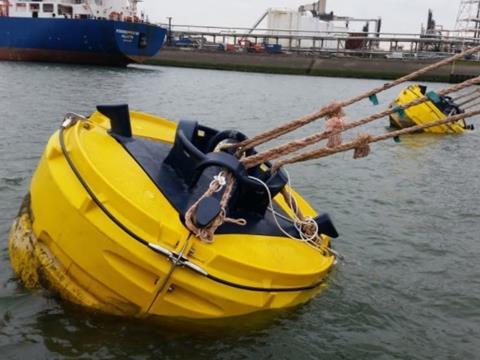
The low density polyethylene hulls on buoys like the Mobilis AMR 14000 4-ring SWL 108T unit selected by the Port of Rotterdam have a number of distinct advantages over steel-hulled buoys.
They are more likely to rebound with little or no damage in the event of a ship hull strike, unlike steel buoys that are more liable to split or deform permanently (dent). Even if there is damage to a buoy such as the AMR 14000, the unit takes down in a much more modular way, so worn or damaged parts can be swapped out or replaced relatively cheaply. Furthermore, polyethylene buoys are softer than steel so less liable to damage the plating or coatings on the ship itself.
Scheduled lifting and servicing of polyethylene buoys is less frequent than with steel buoys. While some manufacturers claim that polyethylene is ‘fouling free’, this is not strictly the case. What is undoubtedly true though, is underwater growth rarely adheres well to this plastic, so the buoys need not be coated with anything, and a quick pressure-wash is all that is needed to remove a season’s growth.
They are economical in maintenance, ecological (Mobilis claims 100 % recyclable) and stable to meet changing needs and market conditions. High quality UV-stabilised plastics such as those used by Mobilis are also said to hold their colour longer than painted steel buoys.
The 4-ring SWL 108T is rated at a safe mooring load of 4 x 108 tonnes and was specially developed in close cooperation with the Port of Rotterdam. Four hawsers per buoy, plus a rethink of mooring facilities port-wide mean that Rotterdam’s 260 mooring buoys of the 1980s have been replaced with just 29 of this new design.
The buoys feature an innovative bollard mooring system that allows boatmen to work easily and more safely from a workboat, even when freeing the moorings; a task where they encountered seizure and blocking problems in the past due to corrosion and wear.







